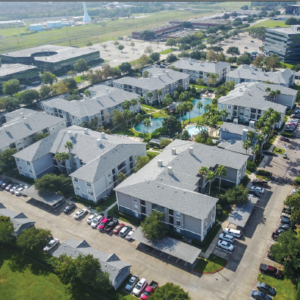Apartment demand has recovered from low levels in the first half of 2020, with strong third and fourth quarters. 2021 construction will see more than 400,000 deliveries, outpacing 2020 by more than 50,000 units. Secondary and tertiary markets are benefiting from residents moving out of larger gateway cities such as New York and Washington, D.C.
Below are key takeaways from the following reports:
U.S. Apartment Demand Holds Strong in Typically Slow 4Q – RealPage – Link
Matrix National Multifamily Report – November2020 – Yardi Matrix – Link
Download the PDF version of this report here:
U.S. Apartment Demand Holds Strong in Typically Slow 4Q
RealPage
- Surprisingly, the U.S. apartment market saw unusually high absorption in the final 3 months of 2020
- Approximately 79,000 units were absorbed in Q4, which is typically one of the weakest leasing periods of the year
- Before 2020, the strongest 4th quarter of the decade was in 2014, when 37,000 units were absorbed
- Due to the COVID-19 pandemic, the stronger months during the spring and summer saw a drastic slowdown in leasing. However, the last 6 months of the year saw a significant rebound in demand.
- The last two quarters of 2020 saw total absorption of 234,000 units
- The total absorption in 2020 was just over 296,000 units
- This total is shy of 2019’s total by just 9%, and on pace with the demand in the previous five years
- Although the demand bounced back impressively at the end of the year, absorption did not keep pace with the growing supply
- 345,000 market-rate unit were delivered
- Demand will need to stay elevated to keep up with the supply in 2021, which is scheduled to see more than 400,000 units delivered
Matrix National Multifamily Report – November 2020
Yardi Matrix
- Multifamily rents declined by 0.5% in November on a year-over-year basis
- This is the sixth consecutive month of decrease
- 100 Secondary and Tertiary markets are outpacing the national average
- Some Northeast markets and many midwestern markets are performing well
- Scranton-Wilkes-Barre is the submarket with the highest year-over-year rent growth (9.7% in November)
- This could be caused by the exodus of gateway markets including New York and Washington, D.C.
- Baltimore and Philadelphia are also benefiting from these two hubs with 3.3% and 2.4% growth, respectively
- All gateway markets are seeing declines in rent growth
- San Jose and San Francisco con tinue to sit at the bottom of the top 30 markets. These two have seen -11.0% and -8.6% growth, respectively.
- The exodus of these markets is benefiting the Inland Empire (6.6% YOY growth) and Sacramento (5.9% YOY growth)
- San Jose and San Francisco con tinue to sit at the bottom of the top 30 markets. These two have seen -11.0% and -8.6% growth, respectively.
- Some Northeast markets and many midwestern markets are performing well



